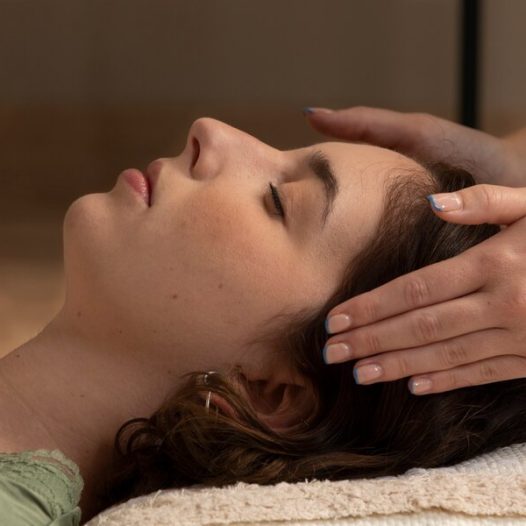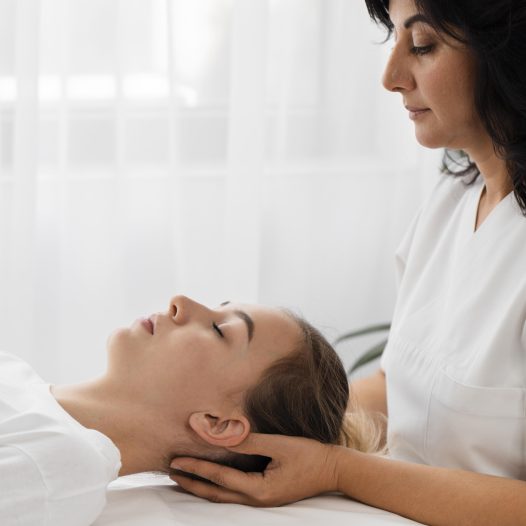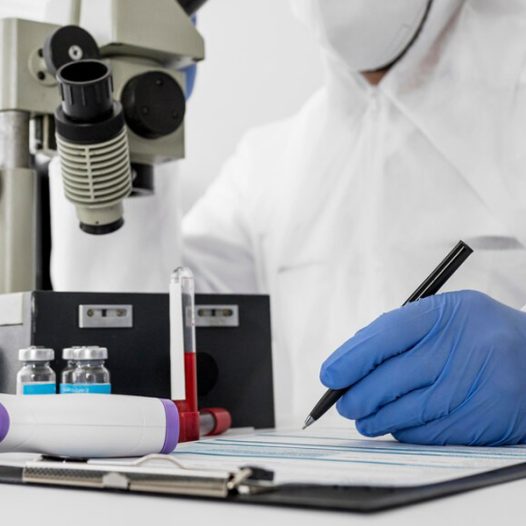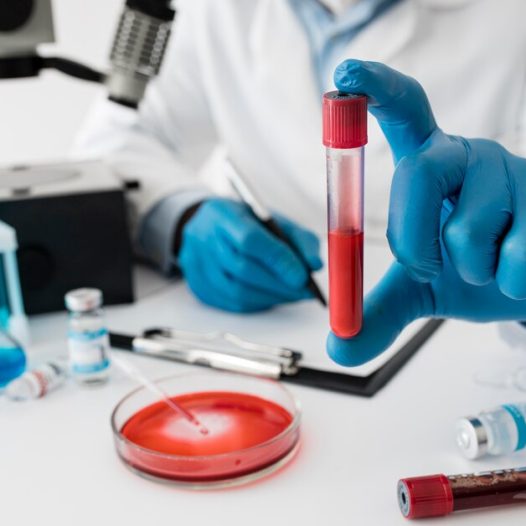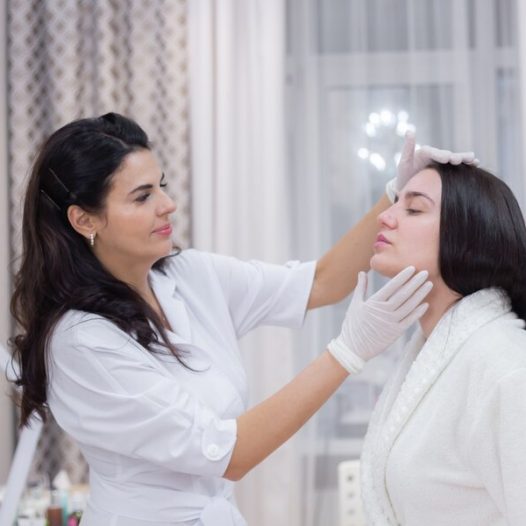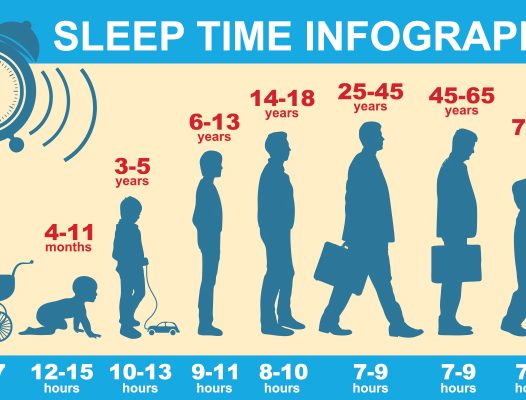Ozone therapy is an alternative medical treatment that uses ozone gas (O₃) to treat various conditions by stimulating the immune system, improving oxygen metabolism, and fighting infections. Ozone is a colorless gas made up of three oxygen atoms and is known for its disinfectant and oxidizing properties.
How Ozone Therapy Works
Ozone therapy is believed to work by:
Increasing oxygen delivery to tissues by enhancing blood circulation.
Stimulating the immune system by activating white blood cells and cytokine production.
Killing bacteria, viruses, and fungi due to its strong oxidizing effect.
Reducing inflammation by modulating oxidative stress.
Promoting antioxidant enzymes that help detoxify the body.
Methods of Administration
Ozone can be administered in several ways, including:
Major Autohemotherapy (MAH) – Blood is drawn, mixed with ozone, and reinfused.
Minor Autohemotherapy – A small amount of ozonated blood is injected intramuscularly.
Ozone Insufflation – Administered via rectum, vagina, or ear.
Topical Application – Ozonated oils or water for wounds, infections, or skin conditions.
Direct Injection – Into joints (for arthritis) or under the skin (for cellulite).
Ozone Sauna – Skin exposure in a steam cabinet infused with ozone.
Benefits
Ozone therapy does help with:
Chronic infections (Lyme disease, viral infections)
Autoimmune disorders
Arthritis and joint pain
Wound healing and ulcers
Cardiovascular diseases
Diabetes-related complications
Anti-aging and detoxification
Cancer support (though controversial and not FDA-approved)
Risks and Side Effects
Pulmonary irritation if inhaled (ozone is toxic to lungs).
Oxidative stress if overused, potentially damaging cells.
Blood vessel irritation with improper administration.
Risk of embolism if injected incorrectly.
Some countries (Germany, Russia, Cuba) use it more widely in mainstream medicine.
More research is needed to confirm its efficacy for many conditions.
Conclusion
Ozone therapy is a growing field in alternative medicine.




